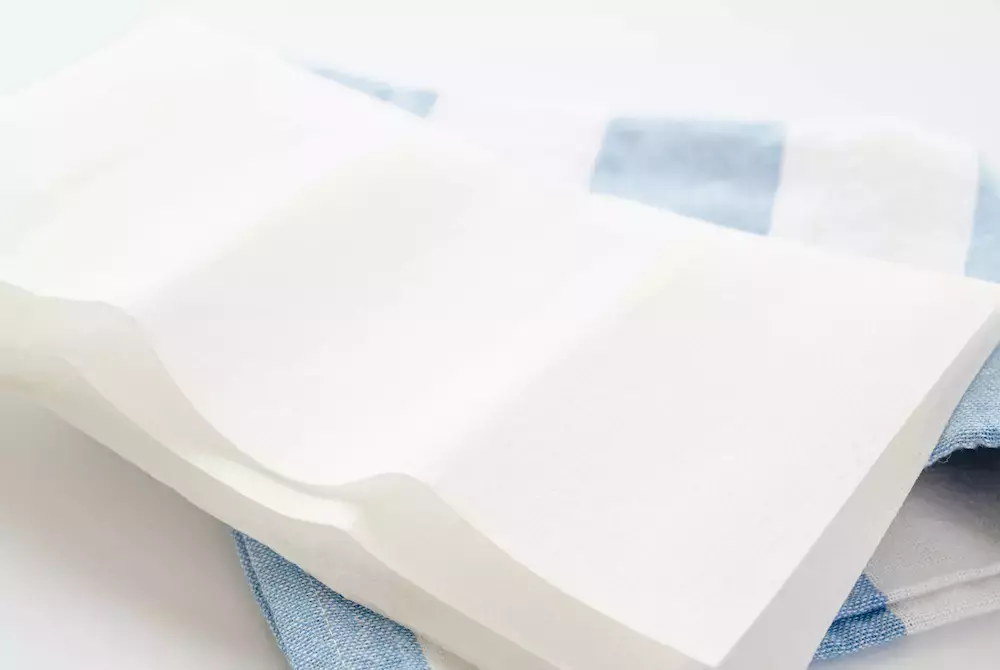What Is the Point of Interfacing Sewing?
2022-07-19
Adding interfacing may seem like extra work, but it’s super important to many different types of garments. If you’ve ever enjoyed an article of clothing that was durable, supportive, and attractive, you can probably thank the well-done interfacing!
What Is Interfacing?
Extra materials are often added to give a garment shape and structure. While rigid materials like metal and bone were used centuries past, these days, we can rely on fabrics to do the job.
What Are the Benefits of Interfacing?
Interfacing will maintain a garment’s “look.” If you’ve ever worn an item of clothing that keeps its shape, that’s interfacing at work. It reinforces weak or quickly worn areas, keeps the garment from stretching or sagging, and can accentuate desired features.
Where Is Interfacing Typically Used?
You’ll find interfacing in collars, between the legs of pants, in pockets, and around buttons and buttonholes to keep them from getting frayed with constant use.
What Are the Types of Interfacing?
There are three:
Woven
Non-woven
Knit
Woven interfacings are fabrics that are similar to the fabric of the rest of the garment. This makes the clothing more durable without changing its behavior. To ensure that woven interfacings work with a garment, they should be cut in the same direction as the rest of the fabric. That way, they’ll stretch in the same way.
Non-woven interfacings aren’t made from fabric but are still flexible while maintaining their shape. These interfacings are made from bonded fibers and are designed to stretch in specific directions.
Stable non-woven interfacings don’t stretch much. Stretch non-woven interfacings stretch in one direction. All bias non-woven interfacings are intended to stretch in any direction.
If you were to look at a knit interfacing under a magnifying glass, you might think it looks “ruffled.” This is to give the interfacing the most amount of stretch possible while being soft and flexible.
Which Type of Interfacing Is Right for My Project?
Here are five tips:
Tip #1: Unless you’re making a costume or some exaggerated piece of clothing, your interfacing should be less than or the same weight as the other fabric in the garment.
Tip #2: Sew some interfacing onto a test piece of fabric and lay it over your arm. Do you like the effect it produces?
Tip #3: Use interfacing with the same darkness or lightness as your fabric.
Tip #4: Get interfacing that matches the grain of your fabric.
Tip #5: Stack multiple interfacings if you have to. Yes, you can do that!
Everything You Need for Interfacing Is at GoldStar Tool
From interfacing to sewing machines, GoldStar Tool has what you need to create high-quality, durable clothing. Just ask, and GoldStar Tool will ensure you have all of the right supplies!





